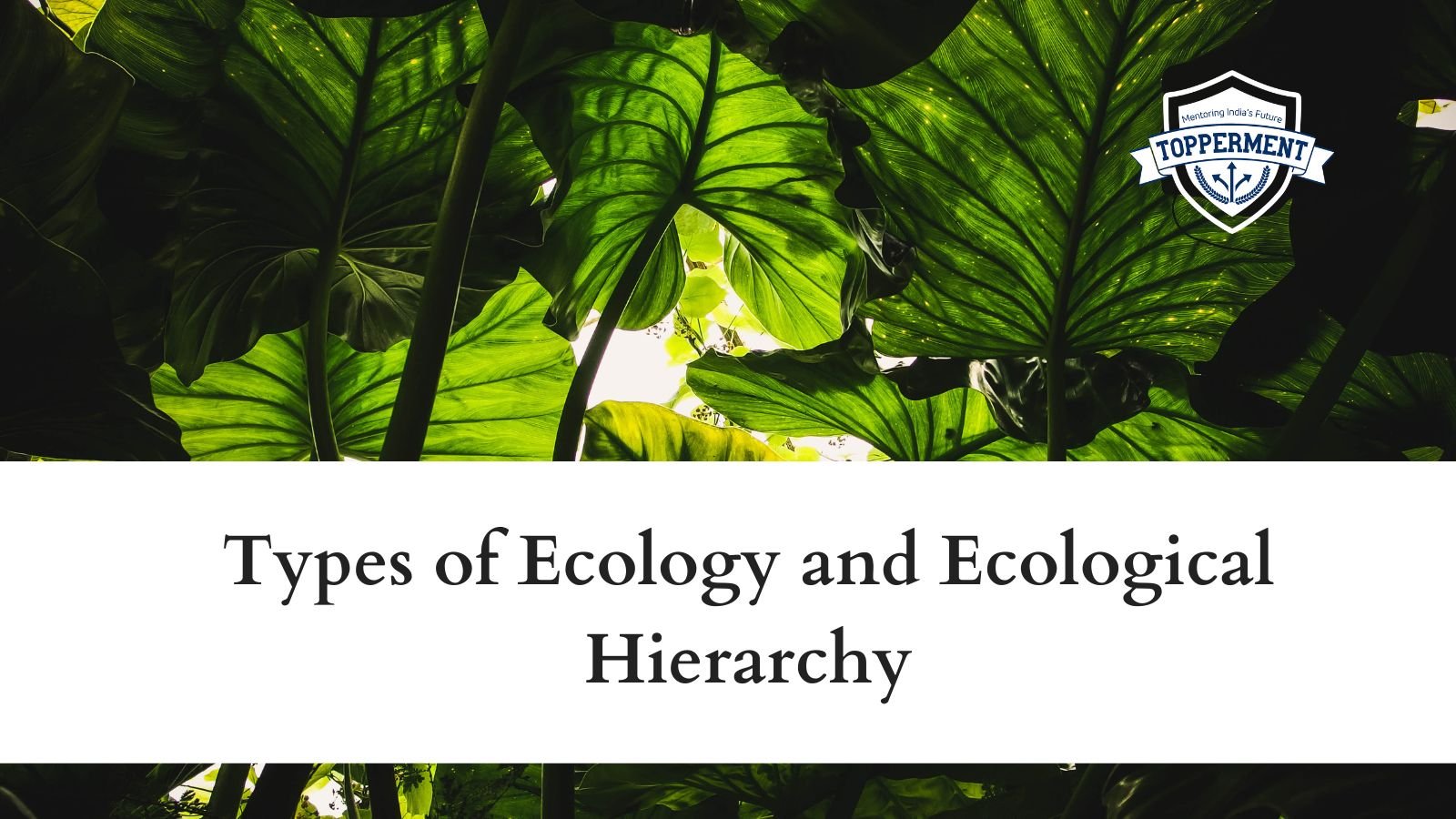Ecology is a science in which we study organisms and their relation to their environment. This science is developed to increase the awareness of plants, animals, and their physical habitats. So today we are going to study ecology and its types in detail.
Ecology also studies human science, population, community ecosystem, and biosphere. The main aim of ecology is to understand the distribution of biotic and abiotic factors which includes the living and non-living factors and their usage of the environment.
Ecology can be divided into different types. Here are the details are given below.
1)Global Ecology: Global Ecology deals with the interactions among the earth’s atmosphere, land, and oceans to understand the large-scale activities on the planet earth.
2)Landscape Ecology: Landscape Ecology studies the role of human impact on landscape structures and it also deals with the exchange of materials, and organisms.
3)Ecosystem Ecology: Ecosystem Ecology deals with the entire ecosystem like the living and non-living components and their interaction with the environment.
4)Community Ecology: Community Ecology deals with the community structure and it is modified by the interactions among living organisms. It is made up of two or more populations of other species in a particular area.
5)Population Ecology: Population Ecology deals with the impact of genetic composition and the size of the population of organisms. Population Ecology also examines the population distribution and density of the population which is the number of individuals in a given volume or area.
6)Organismal Ecology: It is the study of individual organisms and their behavior, and physiology in interaction with environmental changes. Different organisms respond differently to environmental changes and this study shows us how they adapt to these surroundings.
7)Molecular Ecology: Molecular Ecology focuses on proteins and how they affect organisms and their environment. This should be studied at the molecular level individually that is why it is called Molecular Ecology.
Ecology Hierarchy
In the ecology, there are five levels, and all these levels are listed according to their size. Let’s get into the details of the Ecology Hierarchy
Organism– The first level is an organism that includes unicellular and multi-cellular organisms. All the living species show us the characteristics which are required for the existence of life.
Population– Population means a group of individuals or a single species living together in an area. They communicate, interact and compete with each other for daily resources.
Community– Community can also be referred to as the several populations that interact and respond to the common environment and resources. All the species in the community are interdependent on their own.
Ecosystem– The ecosystem is the group of living species and abiotic components interacting in a given area. At this level, both the living and non-living components interact and respond to the environment.
Biosphere– The highest level of the hierarchy is the biosphere and it is the global ecological system that contains the group of all living organisms and other factors which support life.
Mostly ecology deals with the study of living organisms and their interactions with the environment. Ecology is also a great topic to discuss how to protect and manage our wildlife animals and their resources.
Also Read
- Types of Government And Their Significance | UPSC Polity
- Types of Majorities in the Indian Constitution | UPSC Polity
Follow Us For More Content On:
https://www.instagram.com/topperment/


